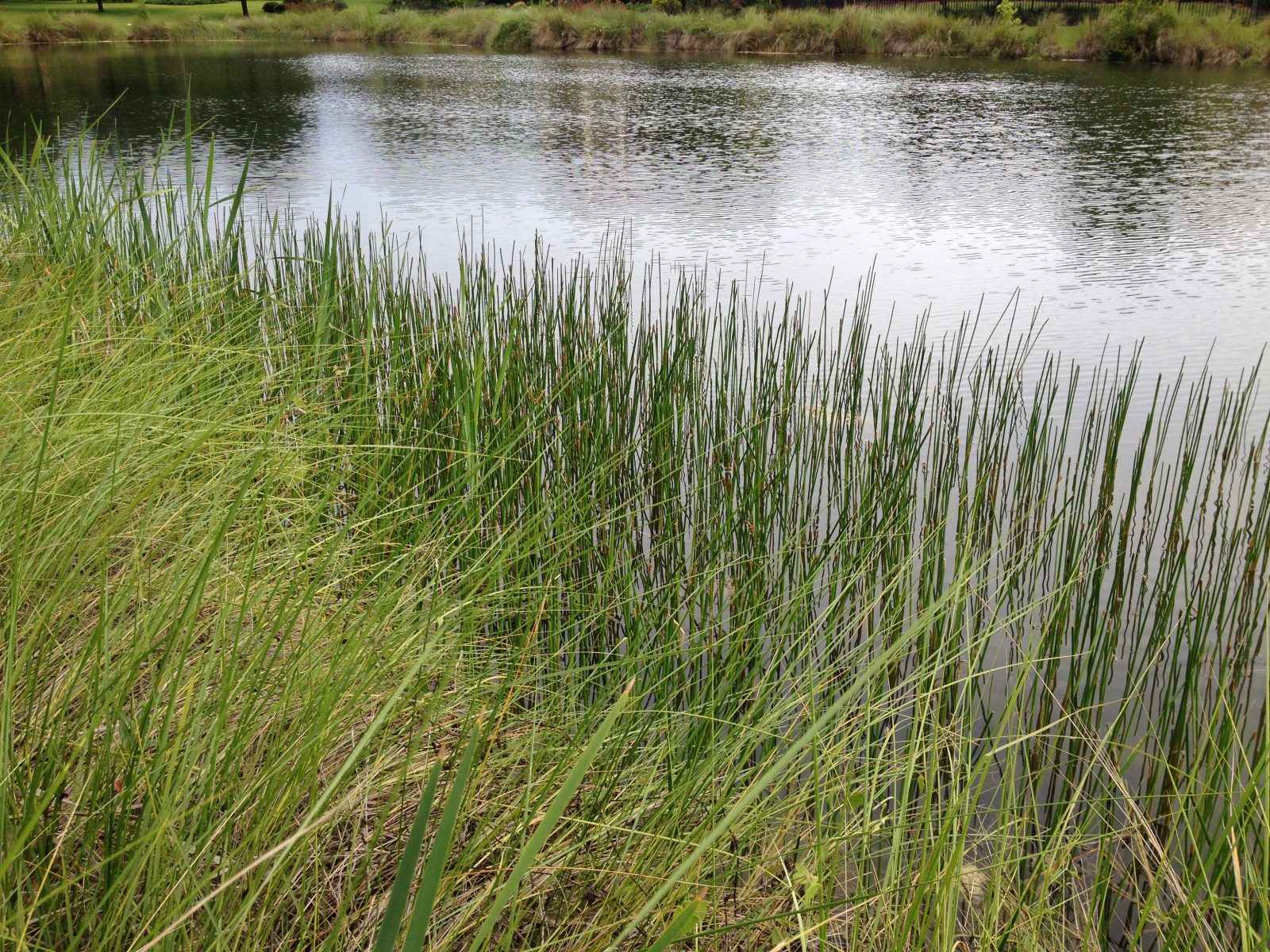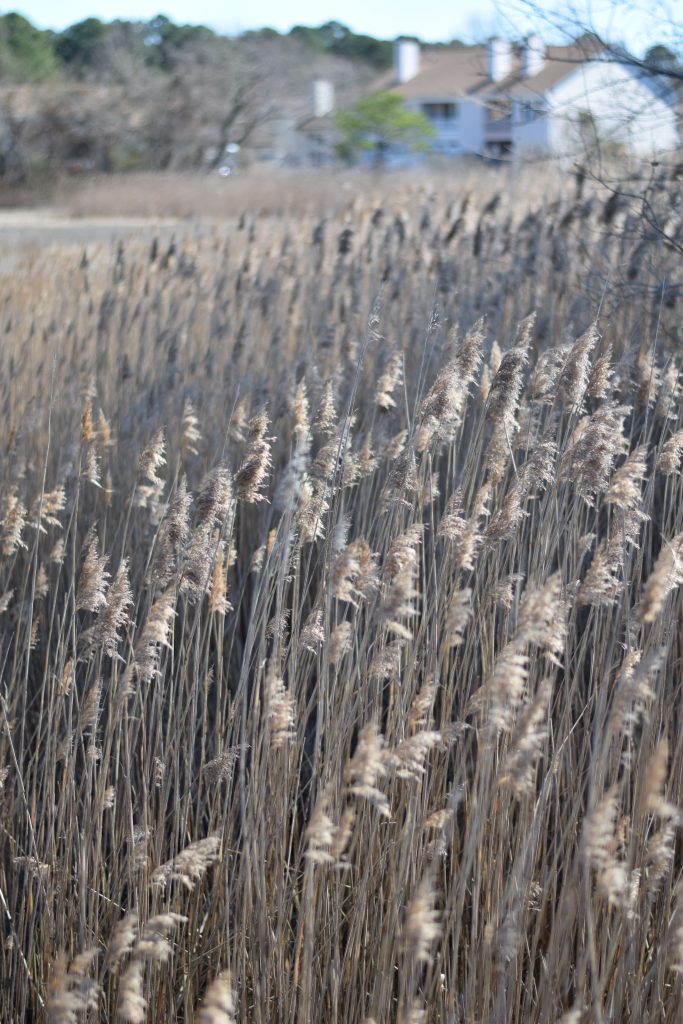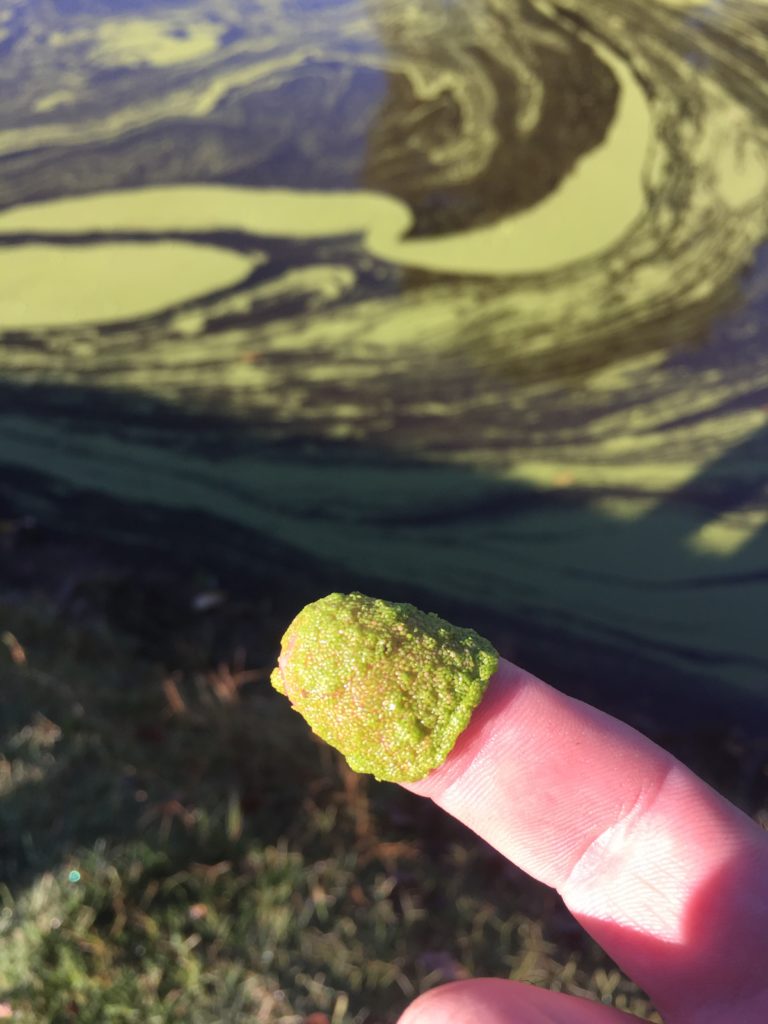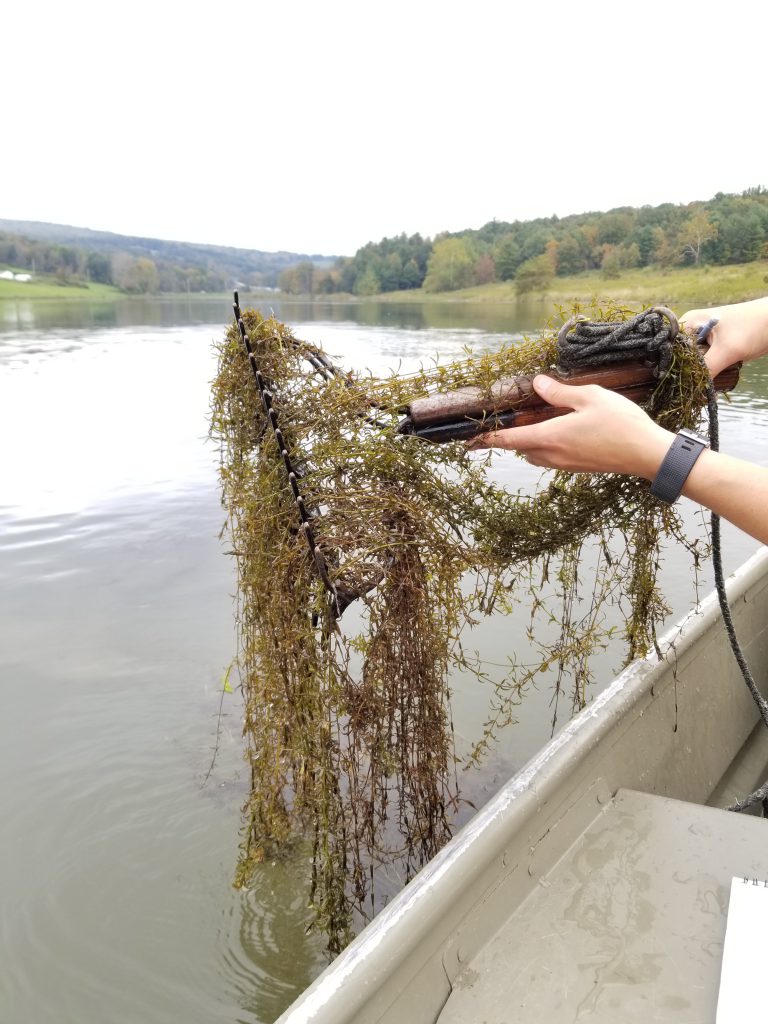
Upland, Wetland & Aquatic Plants Every Turf Manager Should Know About
Not only are turf managers responsible for the land, but quite often are tasked with overseeing the maintenance of the waterbodies on the property as well. Pond maintenance, in combination with turf management, opens the door to a plethora of issues most turf managers might not know how to address. However, simply knowing how to identify a few types of aquatic vegetation within a waterbody can help turf managers maintain a healthy property.

Shoreline Vegetation
The first type of vegetation turf managers should be aware of is shoreline vegetation. A few notable examples can cause stress to turf managers. Cattails (Typha sp.) grow in shallow areas and can block inflow and outflow points, ultimately increasing the potential for flooding. Creeping Water Primrose (Ludwigia peploides, CWP) can be very aggressive and, if left unchecked, can quickly cover an entire pond in one season. Phragmites (Phragmites australis) is one of the most aggressive and invasive plants. They can quickly grow over fifteen feet tall, shading out any native vegetation.

Floating Vegetation
When it comes to aquatic vegetation, turf managers should be aware of both floating and submersed lake weeds. Floating weeds, such as duckweed (Lemna sp.) and watermeal (Wolffia sp.), often get confused with algae, but are actually small plants floating on the surface of the water. Duckweed and watermeal often grow in slow- moving and nutrient-rich waterbodies, such as old farm ponds or golf course ponds that are next to frequently fertilized turf areas. While often mistaken for algae, management strategies for these types of floating weeds are very different.

Submersed Vegetation
A prime example of a problematic submersed weed is Hydrilla (Hydrilla verticillata). A couple of easy ways to identify Hydrilla are by its bushy appearance and, if studied closely, the edges of the leaves, which are serrated. Hydrilla can resemble other beneficial types of submersed vegetation, as well, so it’s important to consult a professional who can correctly identify the plant and recommend the appropriate treatment strategy.
Turf managers have a broad spectrum of duties and being tasked with water management can be overwhelming. Knowing how to identify a few basic types of vegetation can go a long way in keeping water-related issues at bay and relieving extra stress on the job. The control techniques used for these weeds is not, however, “cookie- cutter” and each management plan should be unique based on a variety of considerations and variables. That is why it is always recommended to work with a professional lake and pond manager when combating nuisance or invasive upland, wetland or aquatic vegetation. And, ultimately, the best solution for long-term control is a proactive and ongoing aquatic management plan.
Algae and Aquatic Weed Management
SOLitude Lake Management is a nationwide environmental firm committed to providing sustainable solutions that improve water quality, enhance beauty, preserve natural resources and reduce our environmental footprint. SOLitude’s team of aquatic resource management professionals specializes in the development and execution of customized lake, stormwater pond, wetland and fisheries management programs that include water quality testing and restoration, nutrient remediation, algae and aquatic weed control, installation and maintenance of fountains and aeration systems, bathymetry, shoreline erosion restoration, mechanical harvesting and hydro-raking, lake vegetation studies, biological assessments, habitat evaluations, and invasive species management. Services and educational resources are available to clients nationwide, including homeowners associations, multi-family and apartment communities, golf courses, commercial developments, ranches, private landowners, reservoirs, recreational and public lakes, municipalities, drinking water authorities, parks, and state and federal agencies. SOLitude Lake Management is a proud member of the Rentokil Steritech family of companies in North America.









